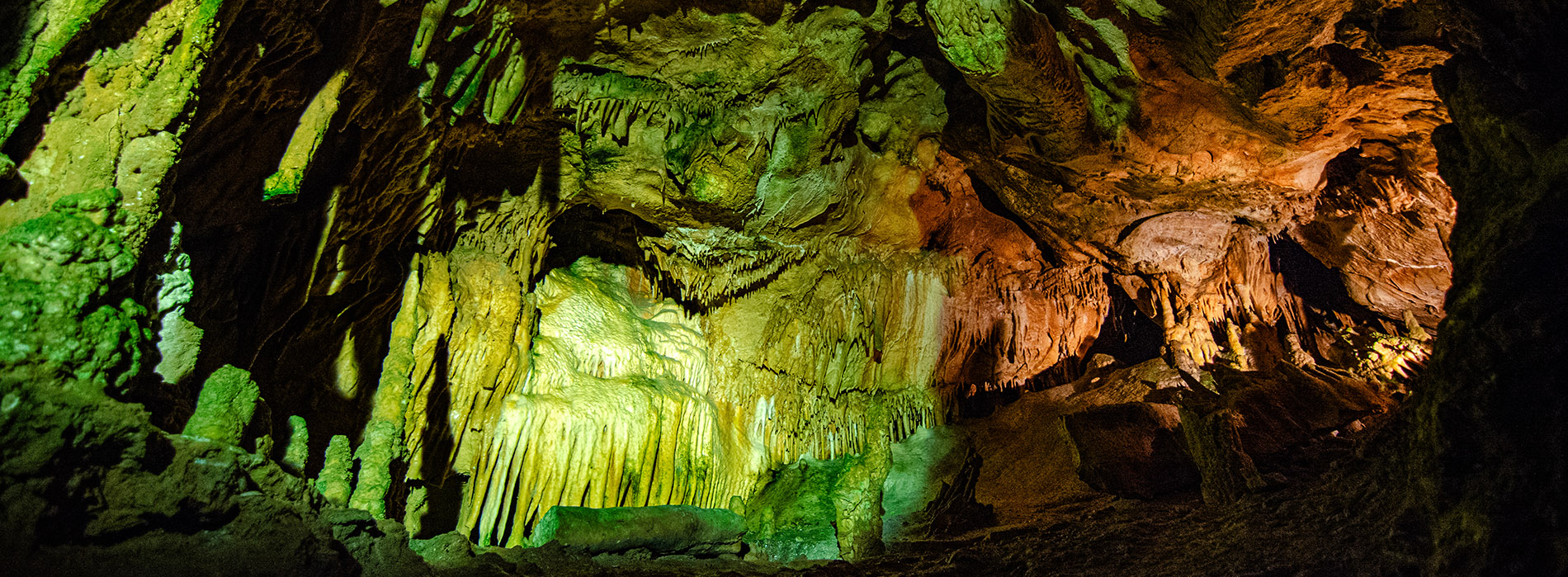The Enchanting World of Serbia’s Caves
While Serbia captivates with its sun-kissed rivers, mountains, and vineyards, beneath the Earth’s crust lies a realm of subterranean magic — a world of eternal silence and stone tapestries sculpted by nature over millennia. The caves of Serbia are not mere geological wonders; they are echoes of ancient times, shelters of prehistoric man, and treasure troves of scientific and natural marvels.
Over two thousand caves are scattered across the Serbian landscape, from the slopes of the Carpathians to the western mountain ranges. Some are developed and open to tourists, while others remain wild, mysterious, and alluring to explorers. Among them, three stand as gems of subterranean beauty: Resava Cave, Lazareva Cave, and Potpećka Cave — radiant beacons of underground splendor and the artistry of nature itself.
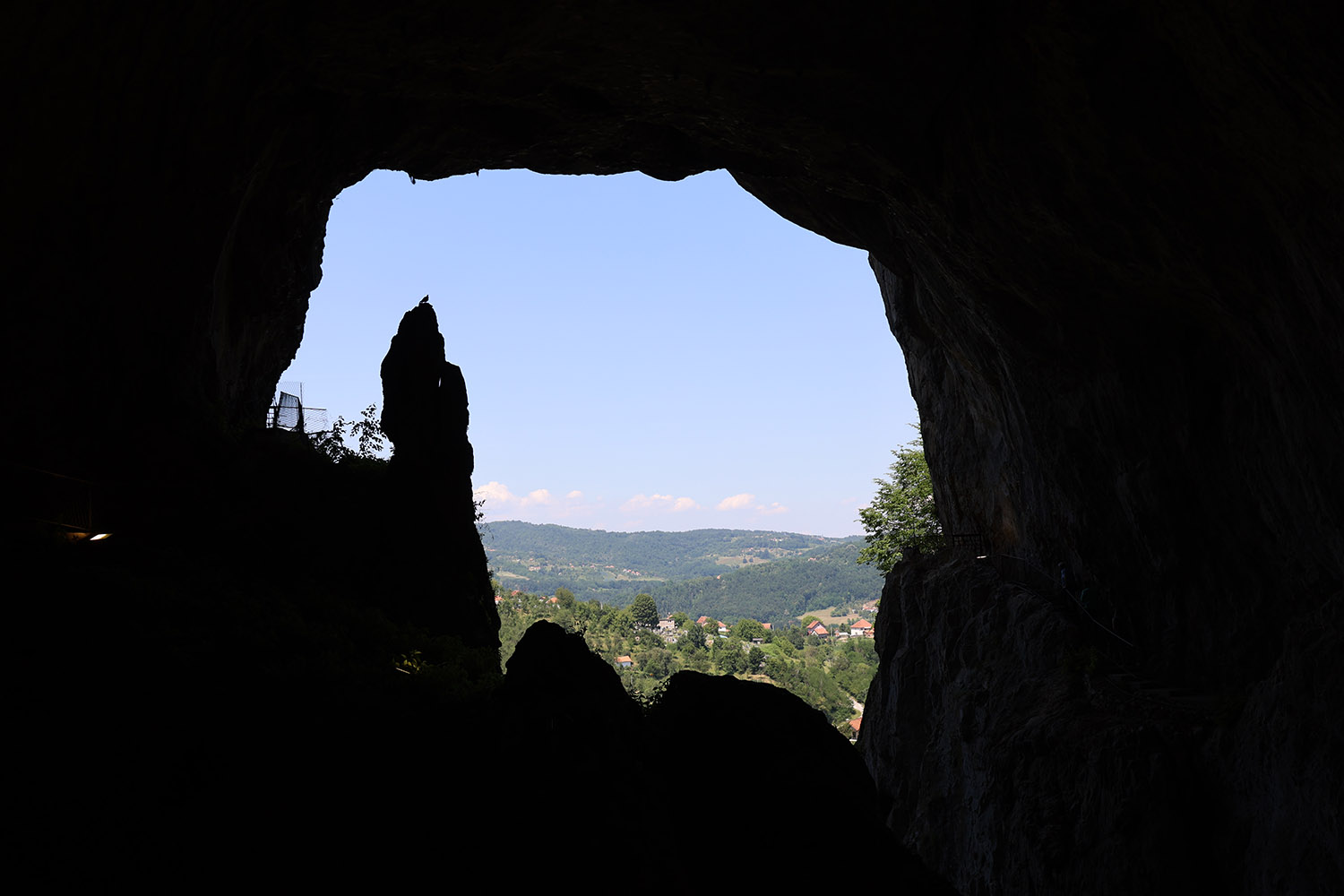
Resava Cave
– The Crystal Palace of Eastern Serbia
Nestled at the foot of Mount Beljanica near the village of Jelovac, Resava Cave is the first tourist-developed cave in Serbia and one of its most significant speleological sites. Its passages stretch for 447 meters across three levels, featuring grand halls such as the Entrance Hall, Main Corridor, Crystal Hall, Boban’s Hall, Concert Hall, and the Coral Corridor.
The cave is renowned for its rich calcite ornamentation: massive columns, stalagmites, stalactites, coral-like growths, and cave pools lined with crystalline pearls create a visual symphony at every step. The cave maintains a constant temperature of around 7°C throughout the year.
Resava Cave is also a sanctuary for unique underground fauna. Species like the troglobiont millipede Serbosoma kucajensis, the pseudoscorpion Neobisium prope carpaticum, and troglophile spiders Porthomma convexus and Centromerus prope dacicus are rare inhabitants of this hidden world.
Nearby, you’ll find the Lisine waterfall, Resava Waterfall, and the Manasija Monastery — making this area a perfect choice for a full-day or weekend excursion.
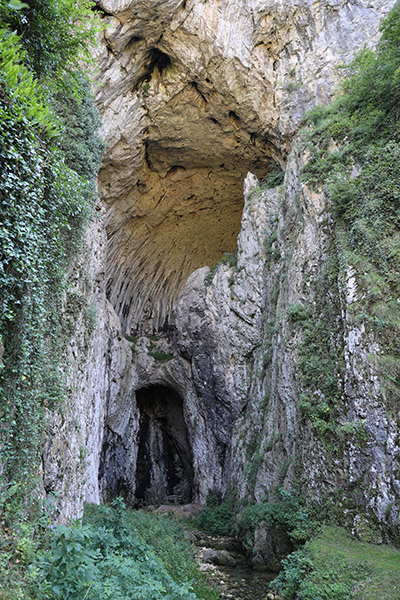
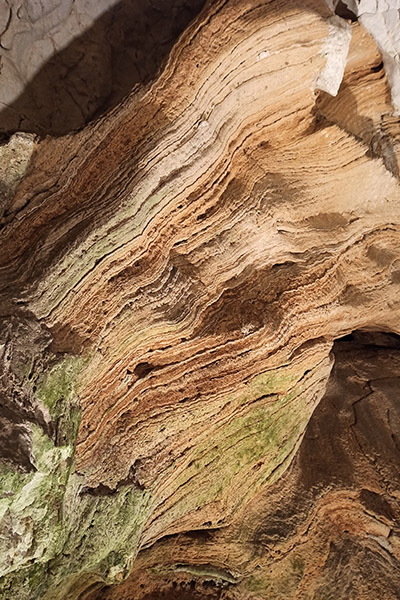
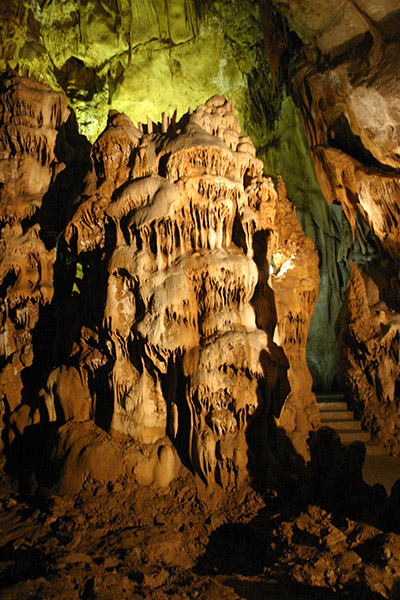
In the heart of Eastern Serbia, at the entrance to the Lazar Canyon and above the Lazar River gorge, lies Lazareva Cave — one of the country’s longest and most imposing caves. Over 6,700 meters of passages have been explored, though the entire fluvio-karst system of Eastern Kučaj is believed to exceed 15 kilometers. More than 800 meters are accessible to tourists.
The cave is rich in fossil remains of cave bears, lions, and hyenas, and is home to over twenty species of bats. Endemic species like Serbosoma lazarevensis, Speleocyclops plutonis, and the wingless insect Onychiurus zloti make this cave a true laboratory of biological rarity.
According to local legend, Prince Lazar hid in this cave after the Battle of Kosovo, leaving behind a tale that still lingers in the shadows of its chambers. Monumental halls with evocative names — the Throne Room, Hall of Blocks, Concert Hall, and Bat Hall — showcase nature at its most dramatic.
Just above the cave begins one of Serbia’s most beautiful canyons — Lazar Canyon — untouched, wild, and rich with rare species, beckoning hikers and photographers alike.
Lazareva Cave
– The Gateway to Eastern Serbia’s Underground Realm
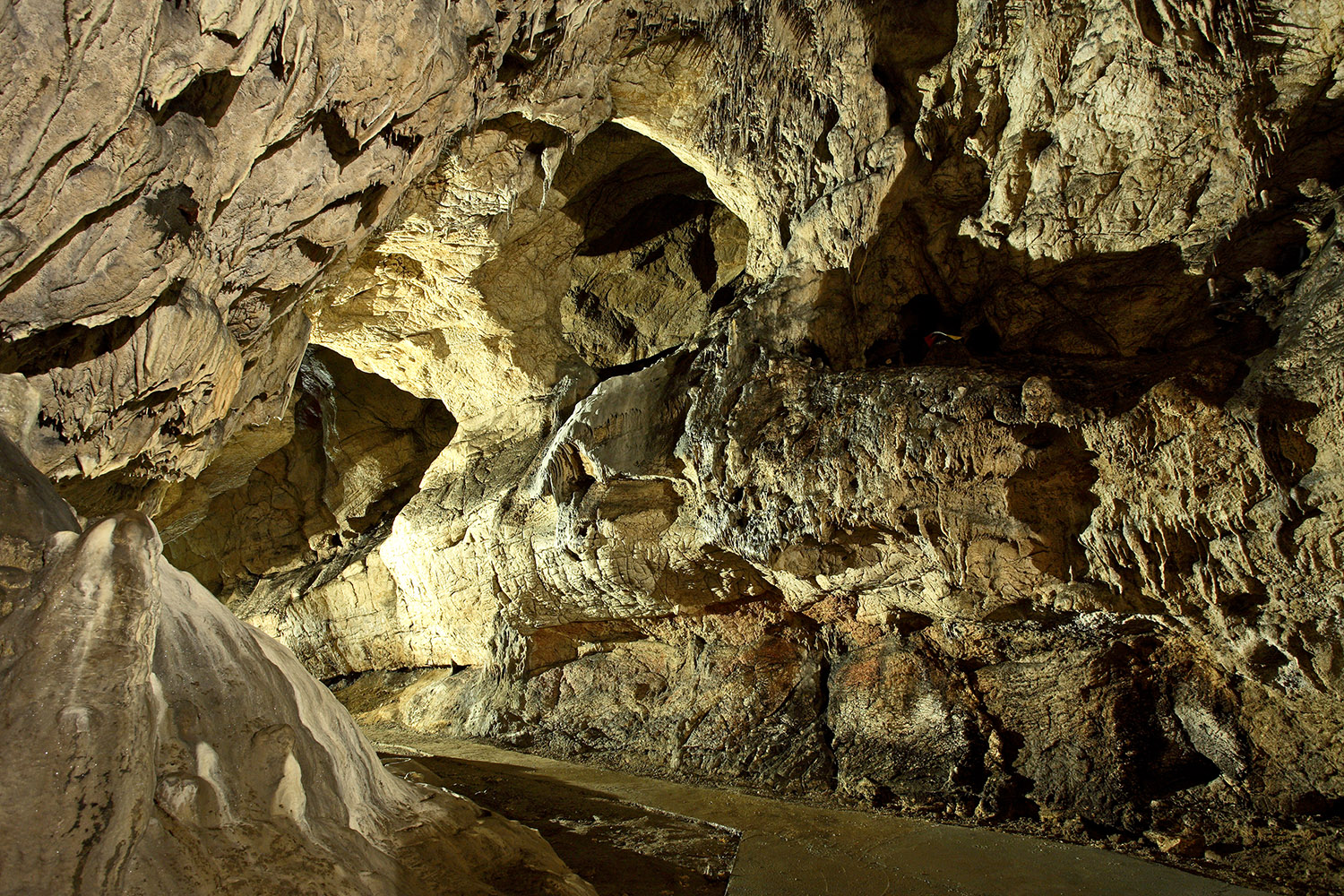
Potpećka Cave
– The Underground Gateway to Zlatibor
At the foot of a limestone cliff on Gradina Hill, on the right bank of the Đetinja River near Užice, lies Potpećka Cave — a spring cave boasting the highest cave entrance in Serbia, rising an impressive 50 meters. The total explored length is 555 meters, divided into two morphological units: the Upper and Lower Cave.
The entrance corridor, known as the Hangar, forms an underground canyon through which the Petnica stream flows. The Upper Cave — also called the Dome Hall — reveals chambers over 15 meters wide and up to 8 meters high, with the most famous being Cvijić’s Hall. The Lower Cave includes the Lake and Hanging Corridors, featuring a 15-meter underground lake with a sinkhole at its bottom, feeding the springs in front of the cave — the Great and Small Bent.
Inside, visitors encounter striking formations of stalactites, stalagmites, flowstones, and draperies. Potpećka Cave is also a bat habitat and a prehistoric archaeological site, bearing witness to humankind’s ancient fascination with this place.
Thanks to its proximity to Zlatibor, as well as nearby ethno-villages and hiking trails, visiting this cave easily fits into a broader tourist adventure.
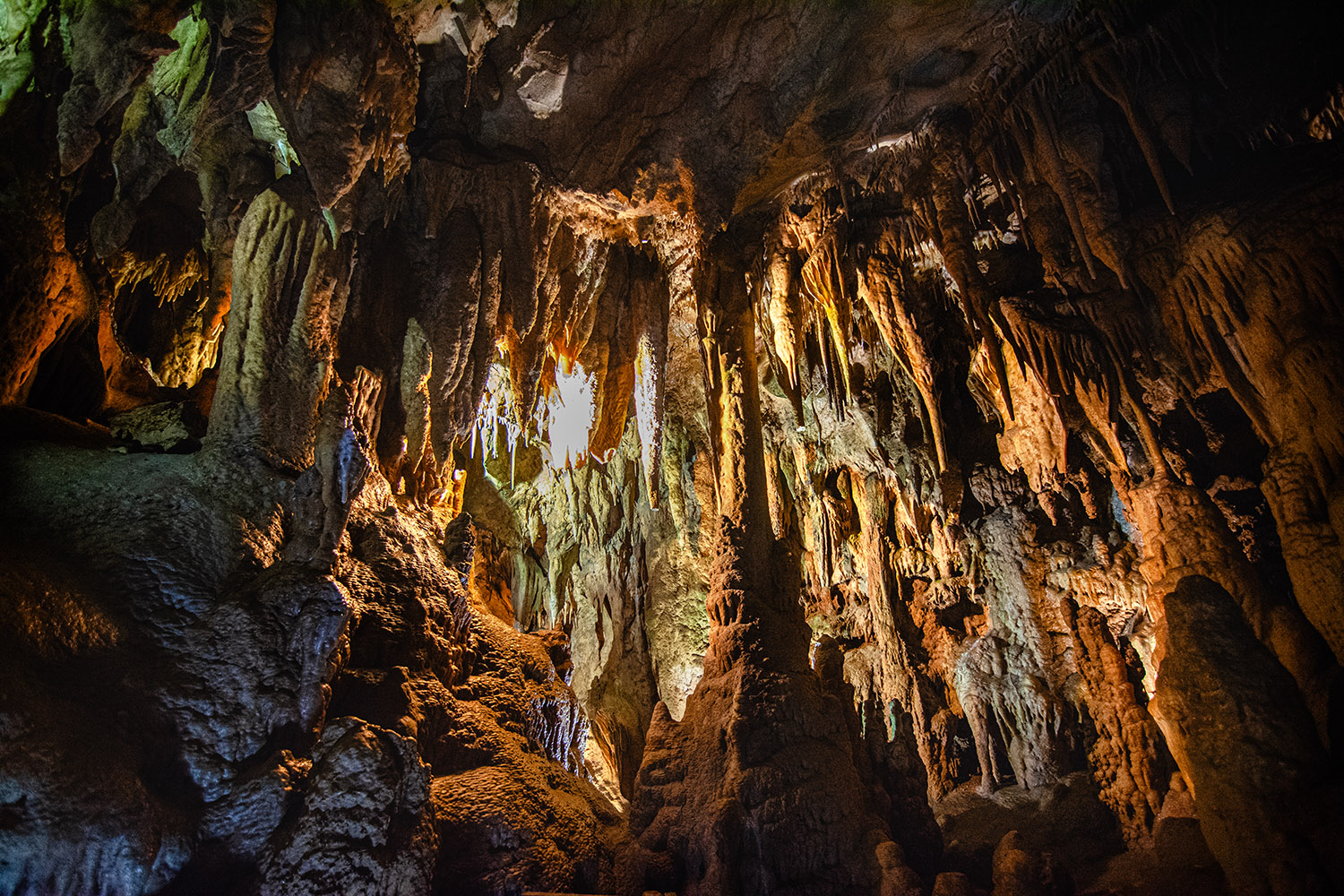
Serbia’s caves are not just landscapes — they are experiences. Every drop of water echoing from the ceiling, every stalactite grown through the ages, every shadow dancing on the walls, tells a story older than memory. A visit to these caves is not just an excursion, but a journey into time, into nature, and into the self.
Whether you seek shelter from the summer heat, inspiration for photography, or an unforgettable adventure, Resava, Lazareva, and Potpećka Cave welcome you — to a world where nature is the artist, and you are the witness to its eternal beauty.
A journey underground is a journey into silence, into wonder, into history written in stone. Serbia invites you to descend into its subterranean realm — for the truest secrets do not lie on the surface.
An Underground Treasure Awaiting Discovery
AI-assisted translation


